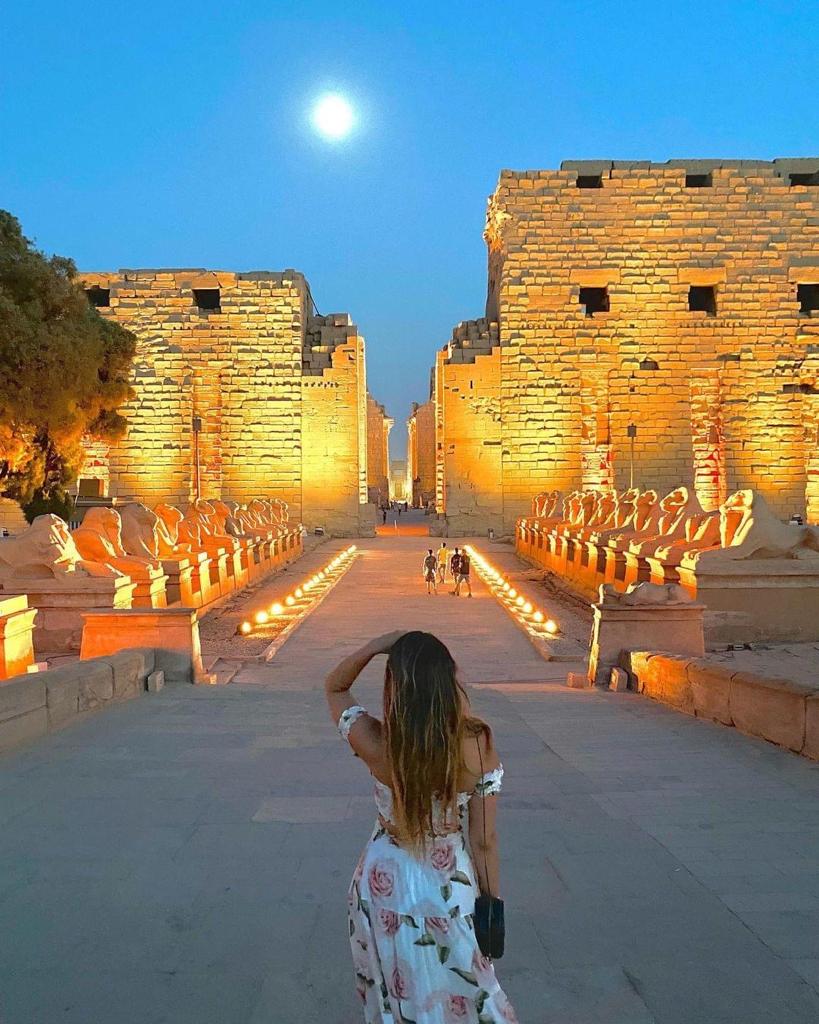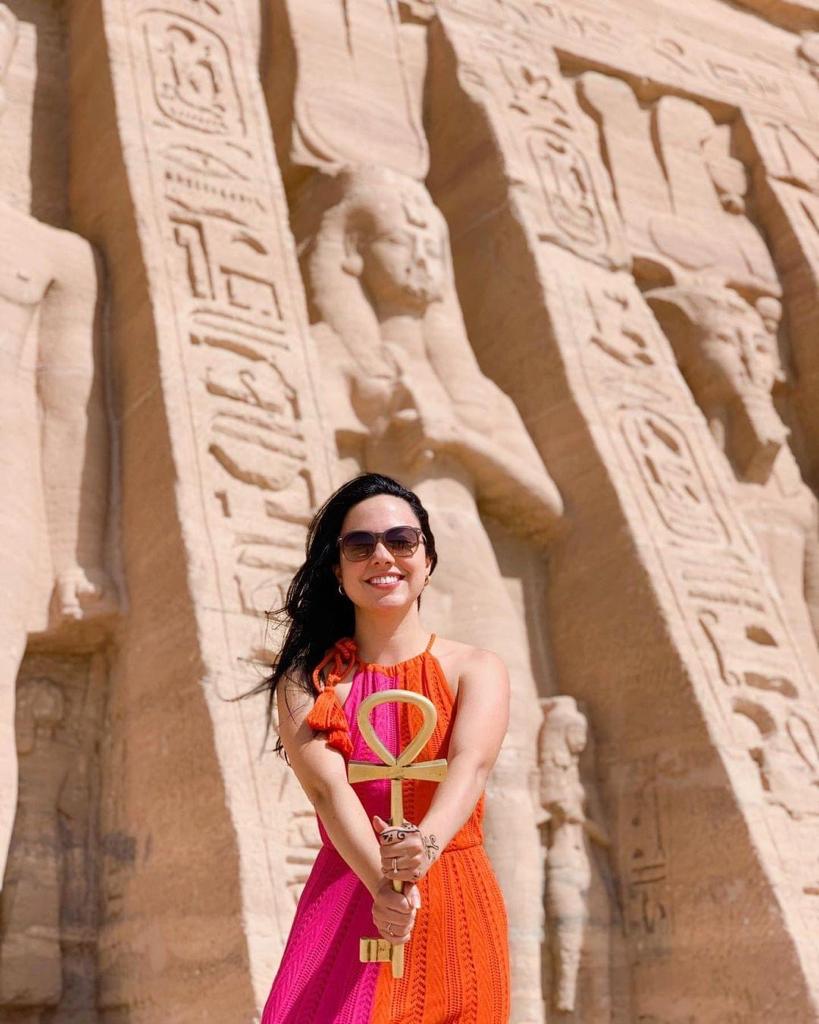CAIRO
Female Private Guided Tours in Cairo
One Day or Multiple Days Sightseeing Tour including Giza Great Pyramids, The Sphinx and Saqarra and Memphis , Coptic old churches , Islamic Cairo The old Markets The 10 Tastings:Cairo’s Private Street Food Tour. With locals Highlights & Hidden Gems: Best of Cairo Private Tour.
Luxor Private Day Tours & Excursions
Choose one of our Luxor day tours it’s about Luxor to Cairo, Luxor excursions to Aswan, and more, All our Luxor tours are customized to suite all tourists.
Aswan Private Day Tours & Excursions
Aswan day tours to enjoy Aswan sightseeing tours, Luxor tours from Aswan, Aswan tourist attractions, Nile cruises from Aswan to Luxor and more
Nile Cruise Tours
Sailing the Nile along the lush Nile Valley surrounded by golden dunes and sightseeing Ancient Egyptian monuments such as Kom Ombo and Abu Simbel




Comments
Post a Comment